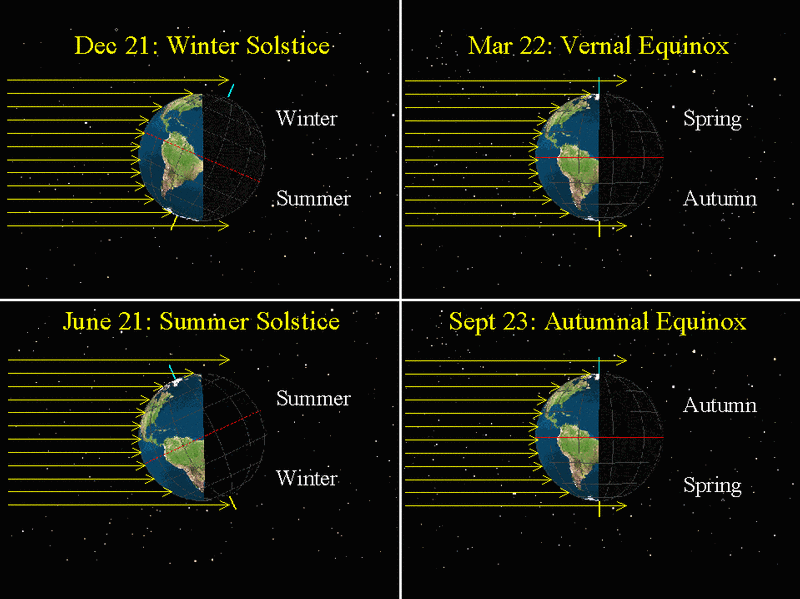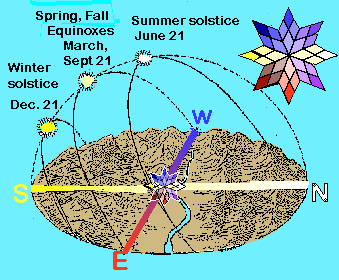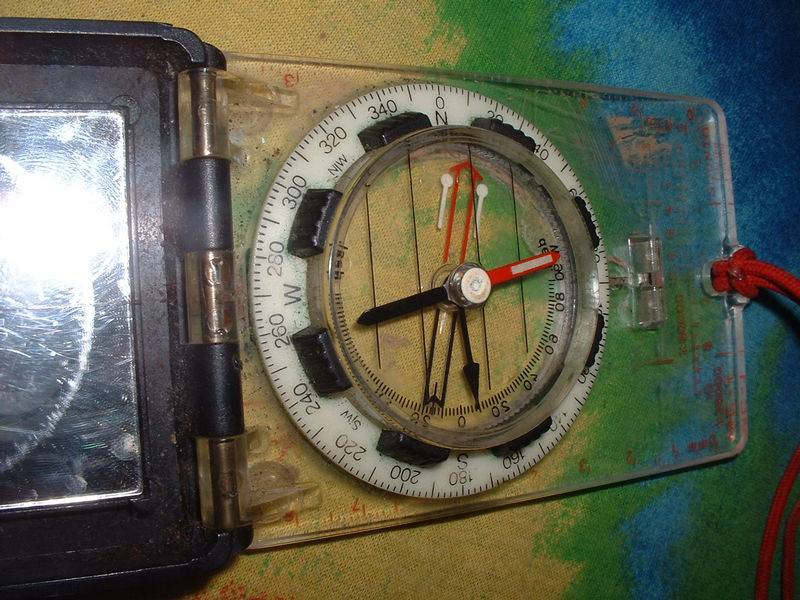Sunshine is important to outdoor growers, it can make the difference between small scrawny buds and big chunky ones. Its important to know if a potential plot will provide as much light as possible.
In the northern Hemisphere, the shortest day of the year usually takes place on December 21(june 21 in southern hemisphere), this is the lowest in the sky the sun will set for the year, this is called the Winter solstice.
At the oposite time of the year you have the Summer solstice, usually on June 21(December 21 in S. Hem), this is the longest day of the year, the sun will be the highest in the sky.
Halfway between we have the Sping equinox(March 20th in N. Hem, Sept 22 in S. Hem) and Autumn equinox(Sept 22 in N. Hem, March 20 in S. Hem). The equinoxes mark the halfway point between the longest and shortest days of the year, the Sping equinox occurs while the day is getting longer heading to summer, the Autumn occurs while day is getting shorter and heading towards winter. These changes in day length are what tells the Cannabis plant when to bloom in relation to the change of seasons.
Links to Wikpedia explaining: The Equinoxes and The Solstices


In the northern Hemisphere, the shortest day of the year usually takes place on December 21(june 21 in southern hemisphere), this is the lowest in the sky the sun will set for the year, this is called the Winter solstice.
At the oposite time of the year you have the Summer solstice, usually on June 21(December 21 in S. Hem), this is the longest day of the year, the sun will be the highest in the sky.
Halfway between we have the Sping equinox(March 20th in N. Hem, Sept 22 in S. Hem) and Autumn equinox(Sept 22 in N. Hem, March 20 in S. Hem). The equinoxes mark the halfway point between the longest and shortest days of the year, the Sping equinox occurs while the day is getting longer heading to summer, the Autumn occurs while day is getting shorter and heading towards winter. These changes in day length are what tells the Cannabis plant when to bloom in relation to the change of seasons.
Links to Wikpedia explaining: The Equinoxes and The Solstices





 Backcountry & Greens, your totally right, i must learn this method to maximize the chances taken, i'll be PM~ing ya over the weekend if ya don't mind.
Backcountry & Greens, your totally right, i must learn this method to maximize the chances taken, i'll be PM~ing ya over the weekend if ya don't mind.  Big Thanks
Big Thanks
